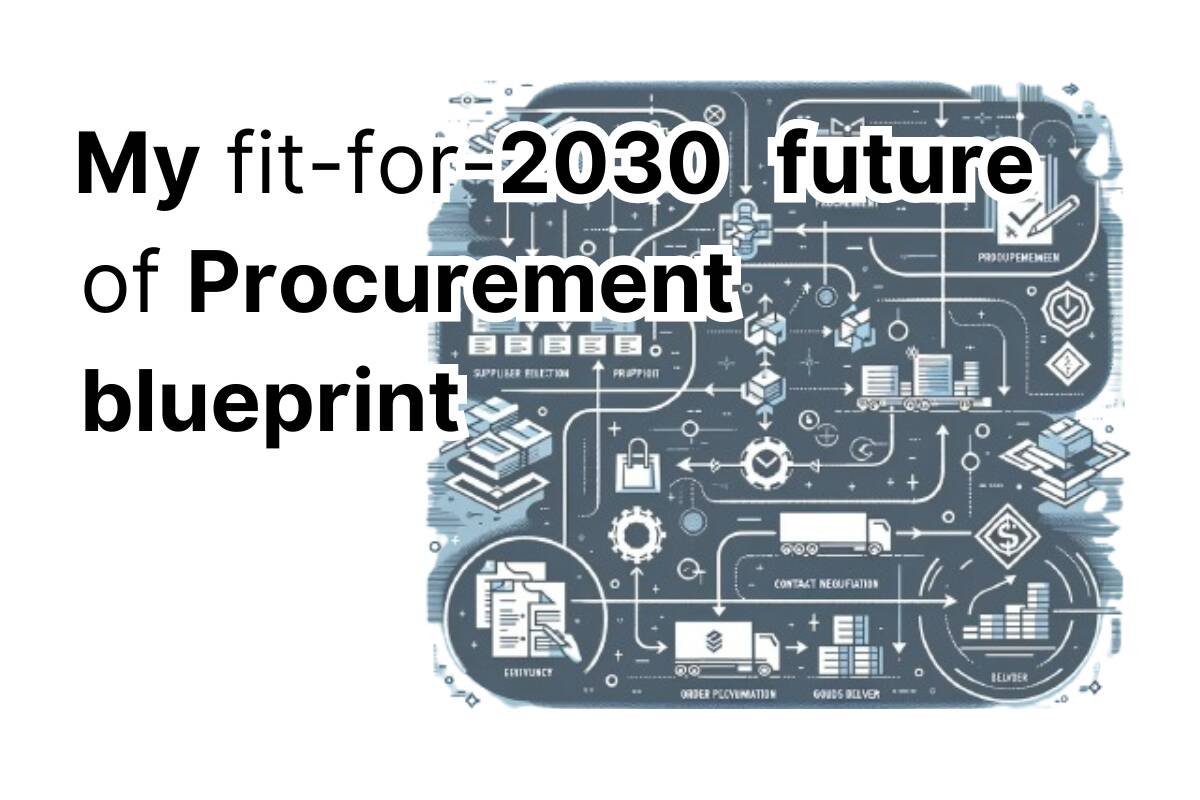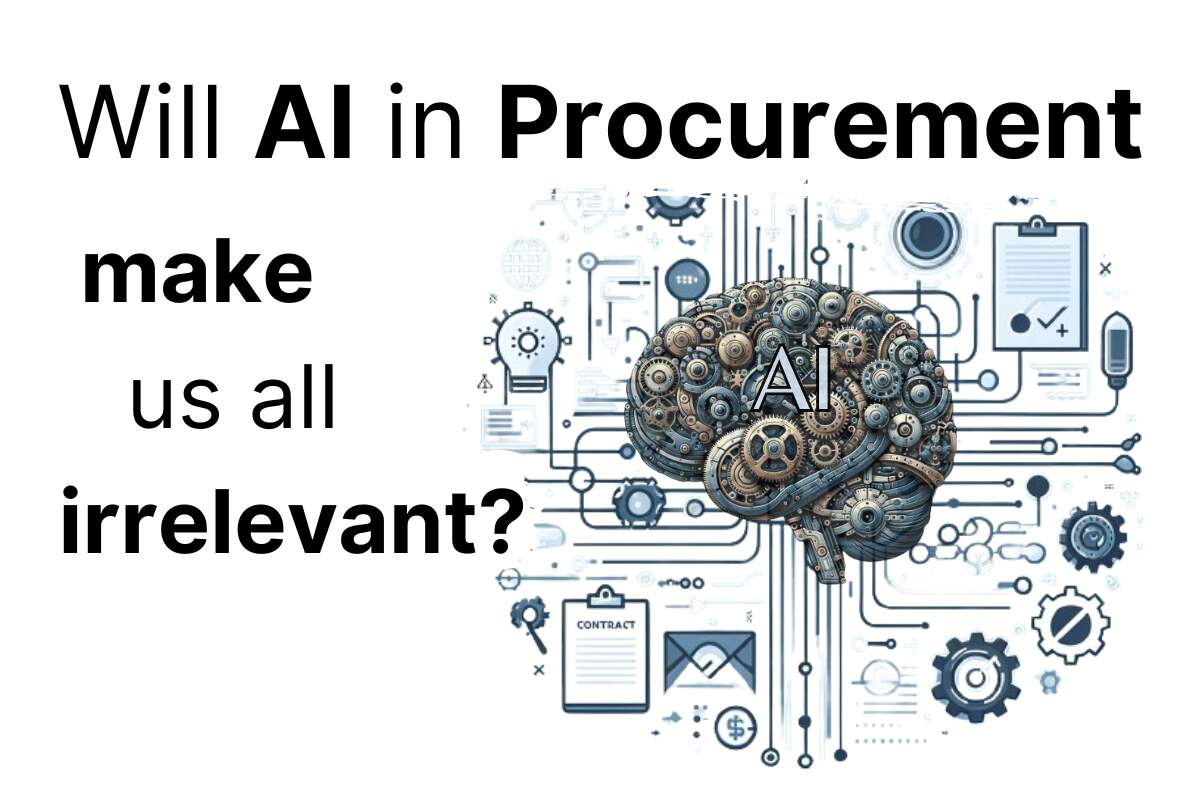Existing service contracts are often a great place to start if you need to get some quick wins.
In periods of high inflation, rising costs of materials, labour and services are seemingly everywhere. Some cost savings that are hiding in plain sight can be a welcome discovery!
Are you in a situation where you find yourself solemnly nodding your head to either of these statements?
- You don’t have time, resources or expertise to do full-blown tenders for key supplier contracts?
- You’re relatively early into a poorly negotiated multi-year contract that you weren’t involved in, with no opportunity to terminate it?
Don’t be disheartened. There are still plenty of opportunities still lurking in your contracts which can be exploited.
Finding cost savings in service contracts, despite an inflationary market
I’m going to show you how you can quickly uncover savings opportunities from your existing contracts through:
- Some good, old-fashioned detective work to compare contract terms against invoices and hidden cash cows
- Effective contract management
- More strategic supplier collaboration
Can contract lifecycle management tools help me do the heavy lifting?
As we go through these, I will also touch on where more traditional purchasing software, as well as contract management software and supplier relationship management software can assist.
Unfortunately though, you’re still going to be reliant on manual work. Especially for some of the contracts you may have lurking in your tail spend.
The reason is because most of the procurement and contract management software out there is very much focused on the “upstream” part of the process.
As you can see, the ongoing management, compliance plus the contract renewal only forms a small part of the whole contract lifecycle. Most software solutions tend to focus on the processes around the authoring, negotiation, approval and signatures. This is where Procurement and Legal tend to spend the most time on repetitive, often inefficient processes.
What the contract says vs. what you’re actually getting
Has anyone actually checked the terms of the contract and compared these to the service level the end user is receiving from the supplier?
More often than not, the person who initially negotiated the contract is not the person who actually receives the services provided by the supplier. Get out and speak to your stakeholders. Compare what’s been agreed contractually versus the reality of the service level you’re being provided at local level.
Maybe they commit to a 4-hour response time to have someone on site to fix a forklift truck but in reality, they never turn up until the next day. You should be able to negotiate a reduction in the rate or a penalty for each time they don’t fulfil it.
Likewise, if you’re paying for a premium service that you never take advantage of. For example, you have 24/7 phone support in the contract. If you never take advantage of it, the supplier is highly unlikely to proactively make you aware of this. Why should they? They’re getting paid for doing nothing and you’ve been asleep at the wheel.
Once you figure it out. approach them for a negotiation. There’s every chance you can successfully remove this from the contract and bank an easy saving.
Do an audit of recent invoices
Contracts often don’t cover everything that the supplier is charging you for. Have a look at your recent invoices. The last 12 months are a good place to start.
Sometimes it requires a tedious task to find some hidden gold!
Are there items on the invoice that aren’t covered in the contract? If so, who is authorising payment of these invoices? If you don’t have a price list, how do you know whether the prices are fair? Are you being overcharged?
“Out-of-contract” costs are usually the cash cows, especially for OEM vendors.
An easy example to illustrate this is an annual maintenance contract for most types of machinery or equipment. These will typically cover:
- Technician call-out rate
- Price per hour / day of a technician, often varying based on experience and seniority
- Overtime / out-of-hours premiums
- Prices for common add-ons like training sessions or additional software licences.
But they rarely cover the cost of materials. Are they installing spare parts as part of their maintenance interventions? If they are – and you don’t have a negotiated price list – I can almost guarantee that they are being supplied at exorbitant prices.
And are the services that ARE itemised in the contract actually matching the rates you’re being invoiced at?
What can technology do to help me here?
A lot of the work here is going to be manual, but there are a few ways that technology can help here:
Guided buying solutions can help drive compliance towards purchasing from preferred suppliers. These are the vendors you will have robust contracts in place with. Guided buying will discourage stakeholders buying from any random vendor you don’t want them to use.
Process mining technology can help to identify maverick spend, unauthorised purchases and price changes. It can do this by searching and highlighting where POs were raised AFTER the invoice was received by Accounts Payable. Or, where POs were changed before delivery to reflect price changes being forced through by suppliers without any procurement authorisation.
Celonis is one of the best-known companies out there offering this, with their solution aimed predominantly towards enterprise level clients. A lighter version focused on procurement applications is offered by German startup Scalue, and is aimed at mid-market businesses.
Why is Contract Management important? How to improve effectiveness?
Let’s now take a look at some good practices when it comes to managing your existing contracts.
Of course, the obvious problem here is that not all contracts can be managed hands-on. You will need to pick the ones which will have the most impact and deploy your contract management skills here!
- Agree on the KPIs that will be measured
- Define intervals of when you will measure them
- Document who will be part of these reviews
- Ensure that they are scheduled and held at the agreed intervals
- Check, revise and adjust the process throughout the contract to maintain relevance.
What can technology do to help me here?
What gets measured gets managed.
Having these metrics tracked in a digital, single source of truth is powerful. Even if you’re using a fairly basic, generic project management tool such as Asana or Monday.com, it’s better than using email and Excel for this.
Some aspects of supplier performance are much more subjective than objective. Solutions such as Kodiak Hub and Lean Linking can support a more formal process of managing this with stakeholder surveys and feedback.
If you’re looking at a more real time collaboration tool to bring the conversations between stakeholder, supplier and procurement representatives into one digital space, then the relatively new solutions such as Suppeco and Acada can do this and are definitely worth a closer look.
The invisible power of having these conversations centrally stored can foster improved communication and ensure any contractual performance related issues or commercial disputes are discussed openly in real time.
Don’t get sucked into auto-renewals
Contacts that automatically renew if they are not pro-actively cancelled can soon add up.
This is a common tactic, especially in software-as-a-service (SaaS) and telecommunications contracts, and can often result in large amounts of unnecessary spend.
Unused software licences or dormant mobile phone connections are usually areas where savings can quickly be established. You should regularly check the terms of the contract against actual usage, and cancel any idle accounts.
It’s not only in IT and telecoms where you can make easy wins though. Renewal opportunities in any category are good opportunities for you to put the business out to tender, following the strategic sourcing steps.
Serving notice on the supplier opens the doors to renegotiation. You can also perform a deep dive into the specifications and scope of work, to ensure that the contract represents what you actually need.
What can technology do to help me here?
Standard contract management software will almost always have a basic function that sends reminders X number of days or months before a contract renewal is due.
The biggest challenge is likely to be the “desk drawer” problem of identifying all of the live contracts in your organisation!
Whether you’re an international corporation or an SMEs, the cost and payback for a basic contract repository with tags and reminders is a no-brainer.
The solution that’s right for you really depends on the size of your business and your budget. It’s a mature market with lots of competition, so go ahead and select the filters you need from our directory.
Strategic supplier collaboration
If you pursue a collaborative and structured approach with your supply base for measuring contractual performance, you’ll see some quick – but also longer-term – benefits. A by-product of this should also be a drive towards consolidating more spend with strategic suppliers with whom you wish to expand and grow your relationship.
Reducing or increasing contract scope
Reducing scope is an easy way that you can align with the supplier on some quick and easy cost downs, without the need for a confrontational negotiation.
A great example of this is reducing the frequency of certain aspects of a cleaning contract. For example, emptying waste paper bins twice a week instead of every evening. Or cleaning windows monthly instead of bi-weekly.
Likewise, if you have several vendors all supplying similar goods or services, then partnering with one vendor and increasing the scope of the contract is a great way to offer the supplier scale economies and additional business in return for a meaningful saving.
Incentivised reductions in total cost of operation (TCO)
There are a number of different ways that this can be done, but the concept is pretty simple:
If you incentivise the supplier to find or help you deliver performance benefits, then their level of collaboration with your organisation will likely increase. This, in turn, will result in a more actively managed contract and supplier relationship.
Try this next time you’re considering just beating the supplier up for cost reductions or threatening to source the business with someone else when the contract expires. You might be surprised!
What can technology do to help me here?
Deploying software to drive the supplier relationship management process (SRM) is a booming sub-sector of the procurement technology market.
It is, of course, very dependent on what you want to focus on. There are different solutions which tend to niche down on specific aspects of SRM. Whether it’s cost and service level, or wider value drivers such as sustainability and diversity, there is a growing marketplace out there catering to these solutions.
Now it’s time to mine some gold!
Legacy contracts are a great place to go looking if you need to drive some easy wins without too much up front work. As with most things though, the devil is in the detail.
Driving savings from existing contracts can often reap benefits from what otherwise would be non-addressable spend. Just don’t expect to do this without getting your hands dirty and drilling down into some of the specifics.
Use contract lifecycle management best practices where you can. But also acknowledge that contract management software won’t be as effective here as it will be for the more upstream contract lifecycle processes i.e. negotiating and implementing a new contract from scratch.


